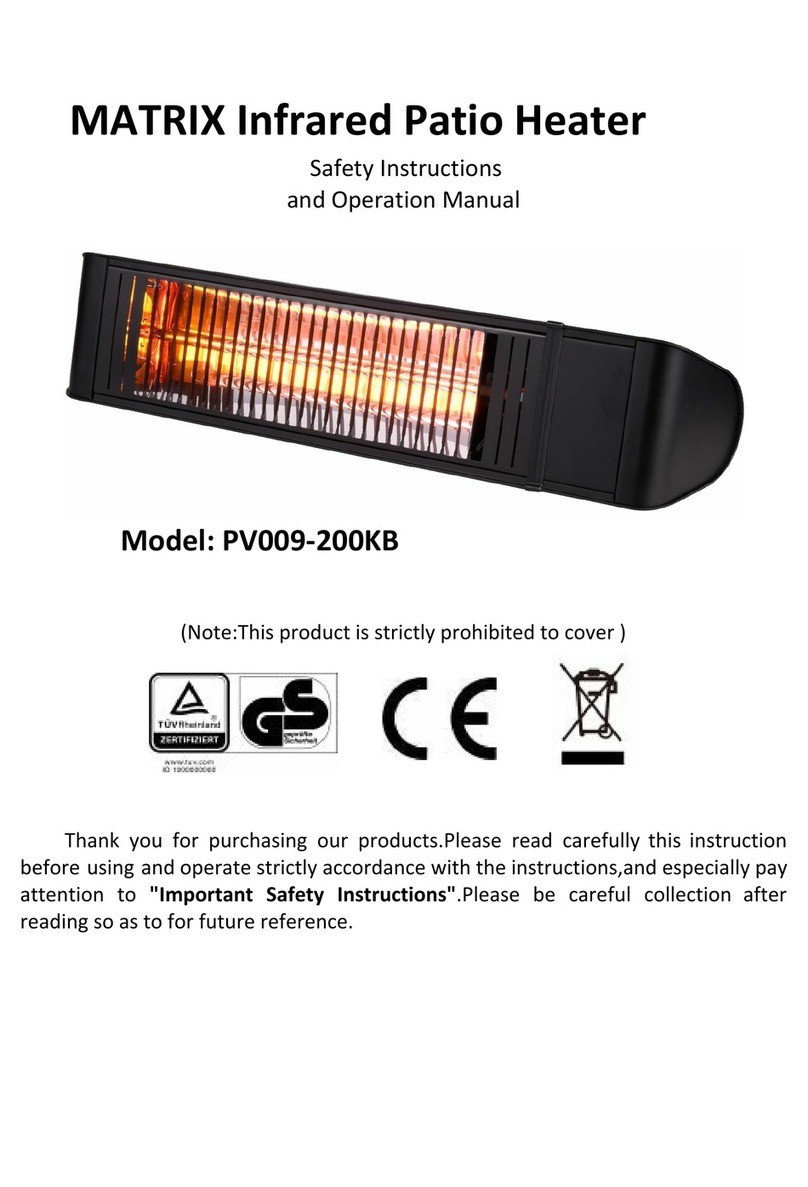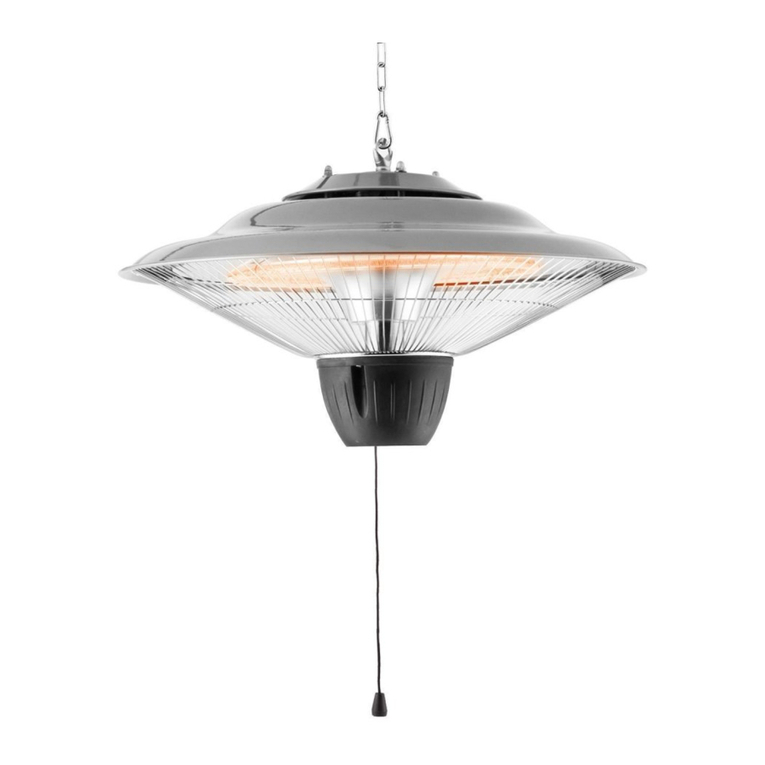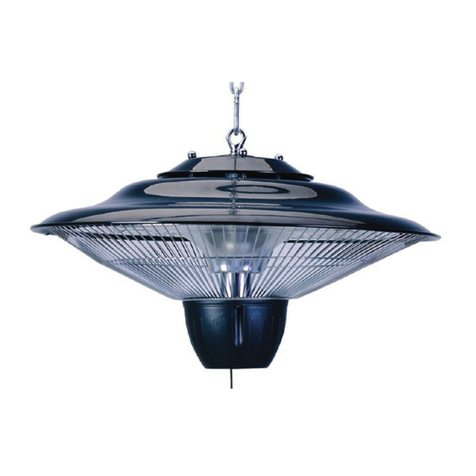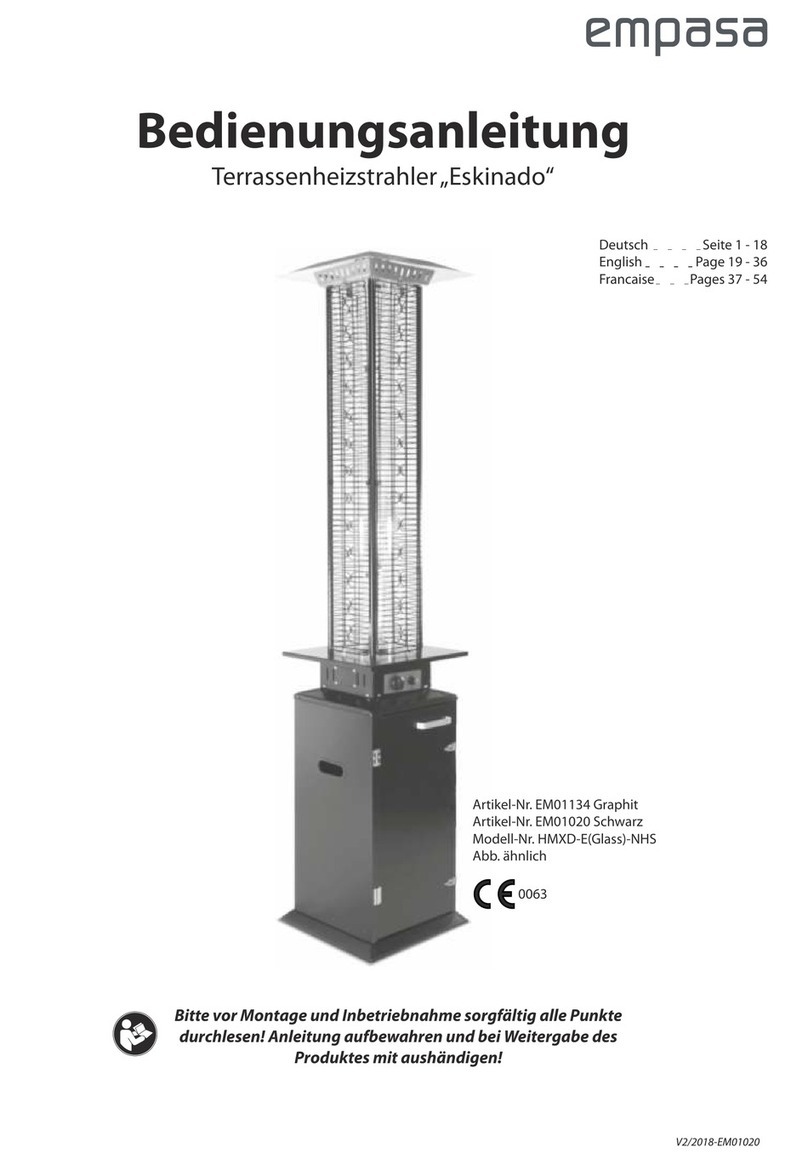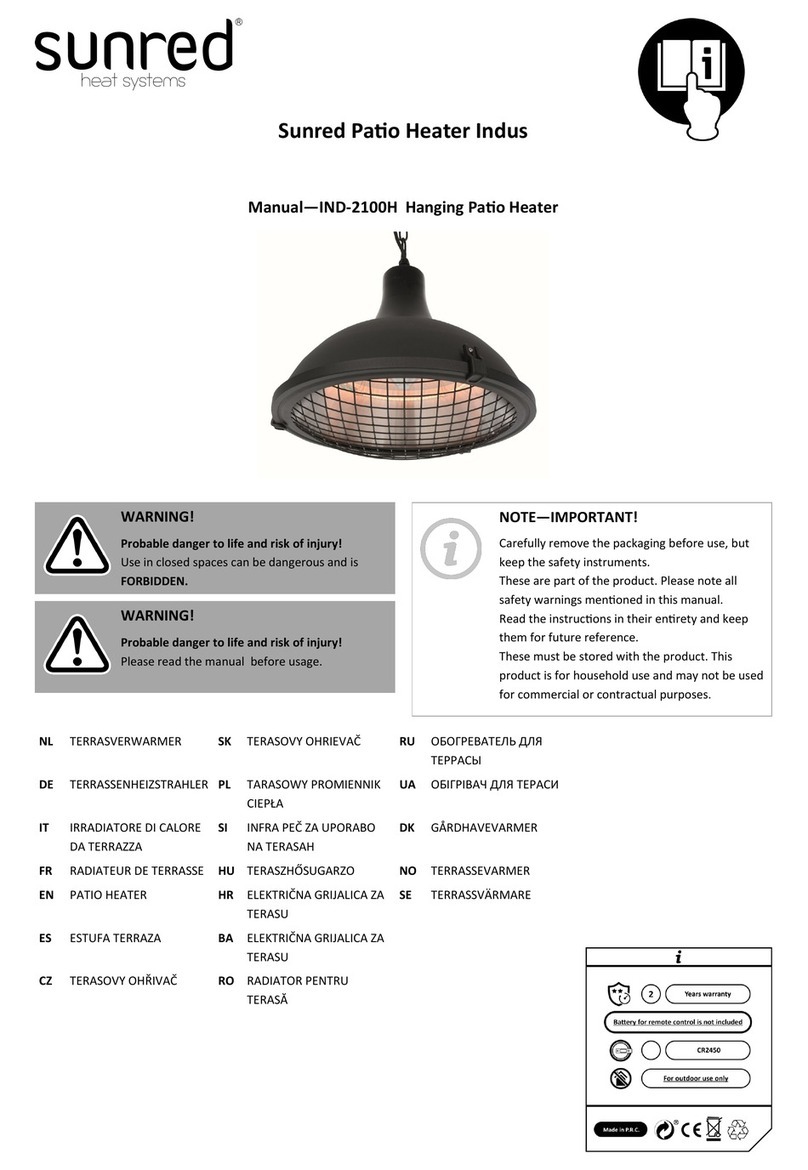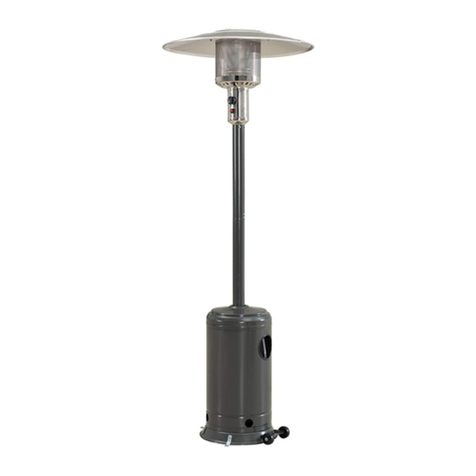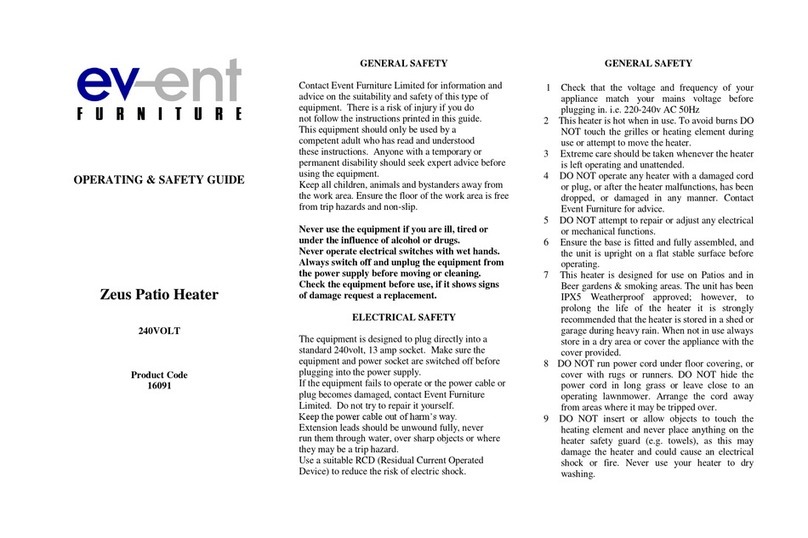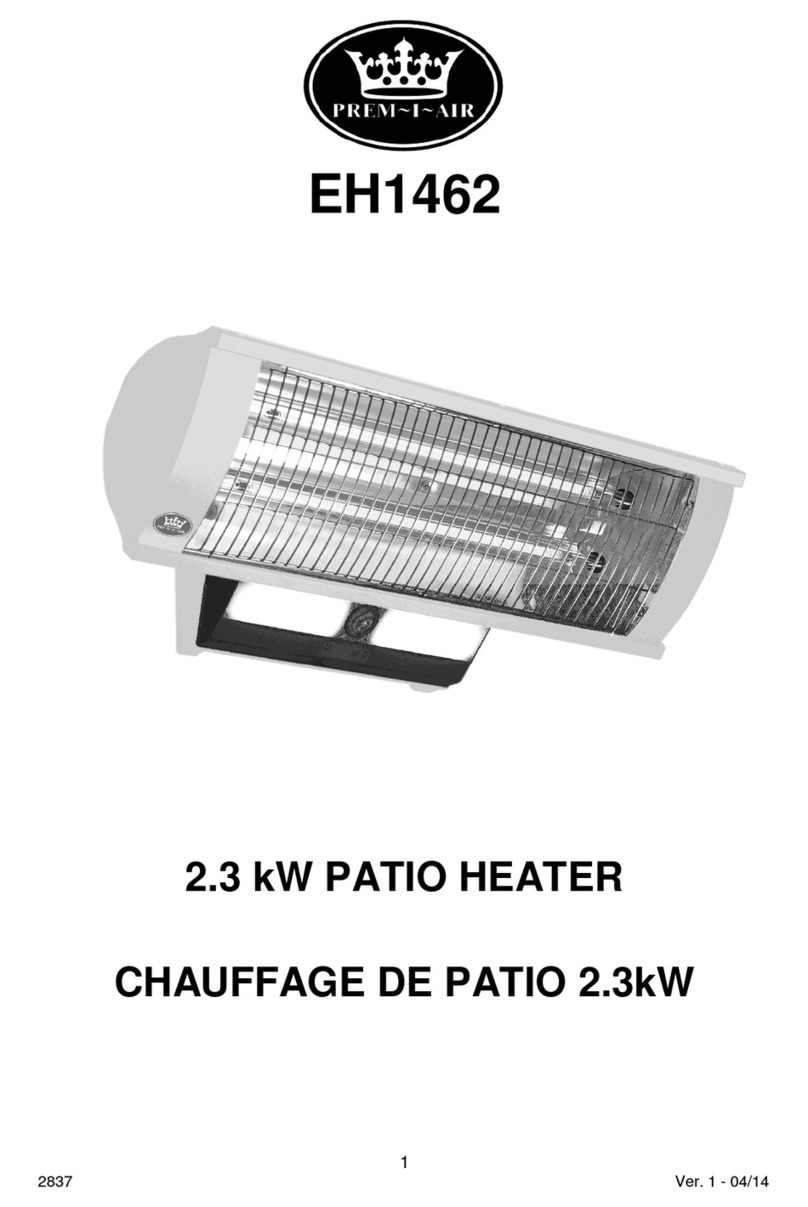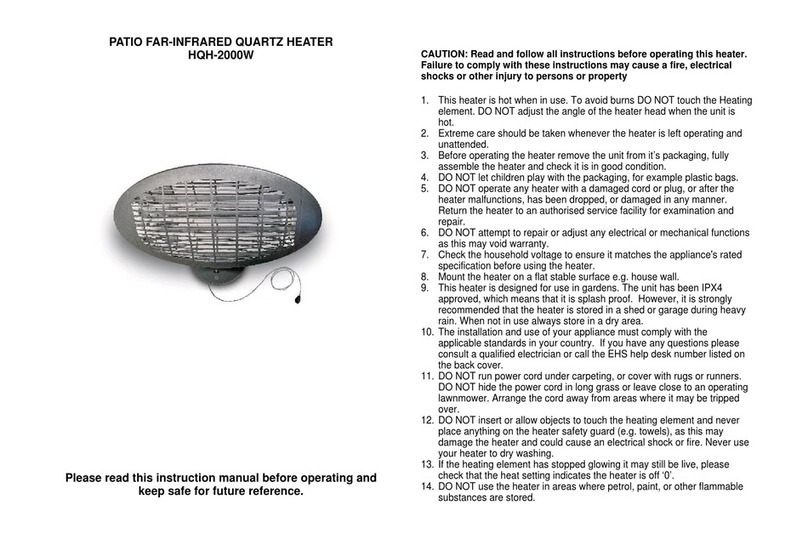2Landmann
Table of contents
Technical specifications ............................................................................................................ 3
Delivery specifications .............................................................................................................. 4
Exploded view .......................................................................................................................... 5
Operational elements ................................................................................................................ 6
Function ................................................................................................................................... 6
Utilisation ................................................................................................................................. 7
Warranty and disclaimer ........................................................................................................... 7
Safety instructions .................................................................................................................... 8
Definition of terms used ...................................................................................................... 8
Danger "Hot surfaces and parts" ........................................................................................ 9
Danger "Gas is highly flammable" .................................................................................... 10
Danger "Gas displaces oxygen" ........................................................................................ 11
Assembly ................................................................................................................................ 12
Assembly procedure ............................................................................................................... 13
Connecting and disconnecting the gas cylinder ....................................................................... 15
Connecting the gas cylinder .............................................................................................. 16
Disconnecting the gas cylinder.......................................................................................... 17
Operation ................................................................................................................................ 18
Starting up the heater ....................................................................................................... 18
Switching off the heater .................................................................................................... 19
Cleaning ................................................................................................................................. 20
Heater .............................................................................................................................. 20
Maintenance ........................................................................................................................... 20
Environmental information and disposal measures.................................................................. 20
Troubleshooting ...................................................................................................................... 21
Declaration of Conformity ....................................................................................................... 22


